EPISODE 332 The Manhattan neighborhood of Yorkville has a rich immigrant history that often gets overlooked because of its location on the Upper East Side, a destination usually associated with wealth and high society.
But Yorkville, for over 170 years, has been defined by waves of immigrant communities which have settled here, particular those cultures from Central and Eastern Europe — Germans, Austrians, Hungarians, Czechs and Slovaks.
The neighborhood developed thanks to its location to various streetcar and train lines, but that proximity insured that Yorkville would evolve in quite a different way from the more luxurious Fifth Avenue just a few blocks away.
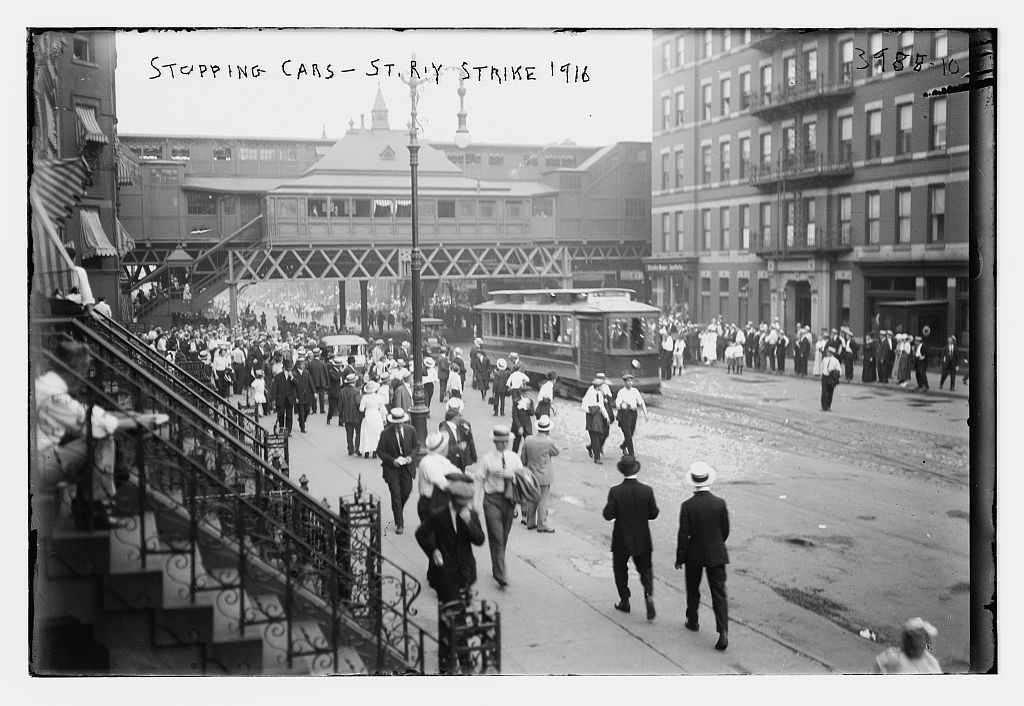
Yorkville’s German cultural identity was centered around East 86th Street — aka Sauerkraut Boulevard — where cafes and dance halls catered to the amusements of German Americans. The Yorkville Casino was a ‘German Madison Square Garden’, catering to those seeking cabaret, film and ballroom dancing.
Does the spirit of old Yorkville still exist today? While events in the early 20th century brought dramatic change to this ethnic enclave, those events didn’t entirely erase the German spirit from the city streets.
In this show, we tell you where can still find the most interesting cultural artifacts of this often overlooked historical gem.
This episode is brought to you by the Historic Districts Council. Funding for this episode is provided by public funds from the New York City Department of Cultural Affairs in partnership with the City Council and Council Member Benjamin Kallos.
This episode features an interview with Historic Districts Council executive director Simeon Bankoff and with Council Member Benjamin Kallos sharing his experiences in the neighborhood.
Listen to our podcast on the history of Yorkville here:
To get this episode, simply stream on Stitcher or your favorite podcast player
Or listen to it straight from here: WELCOME TO YORKVILLE: GERMAN LIFE ON THE UPPER EAST SIDE
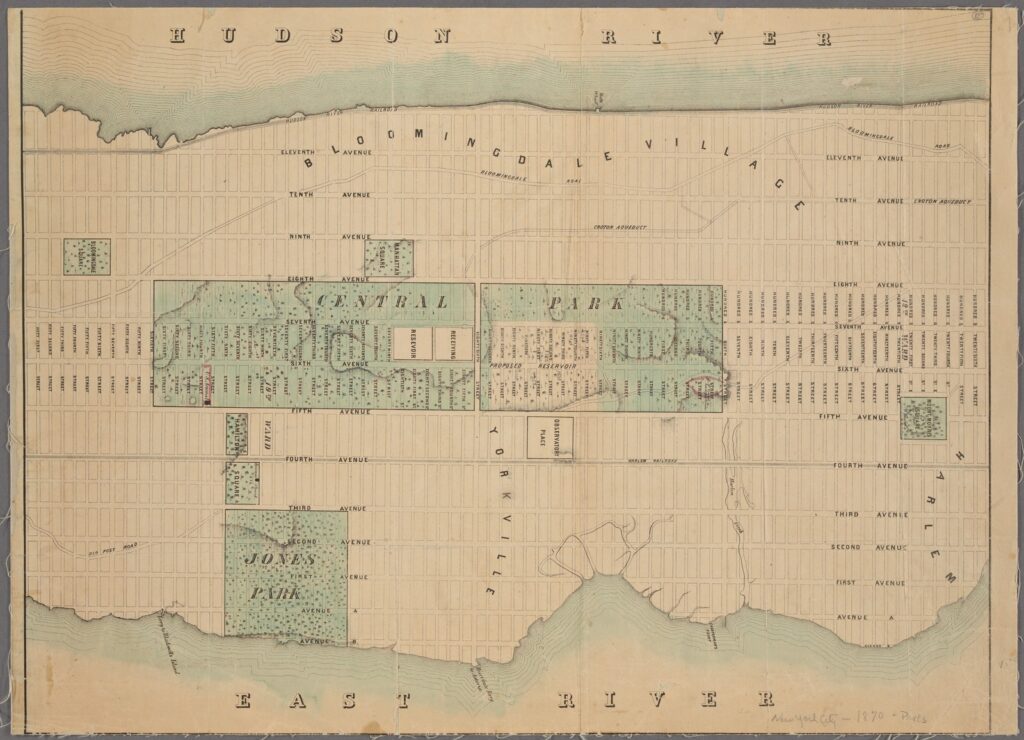
Ehret’s brewery in its early years, then in its grander days:
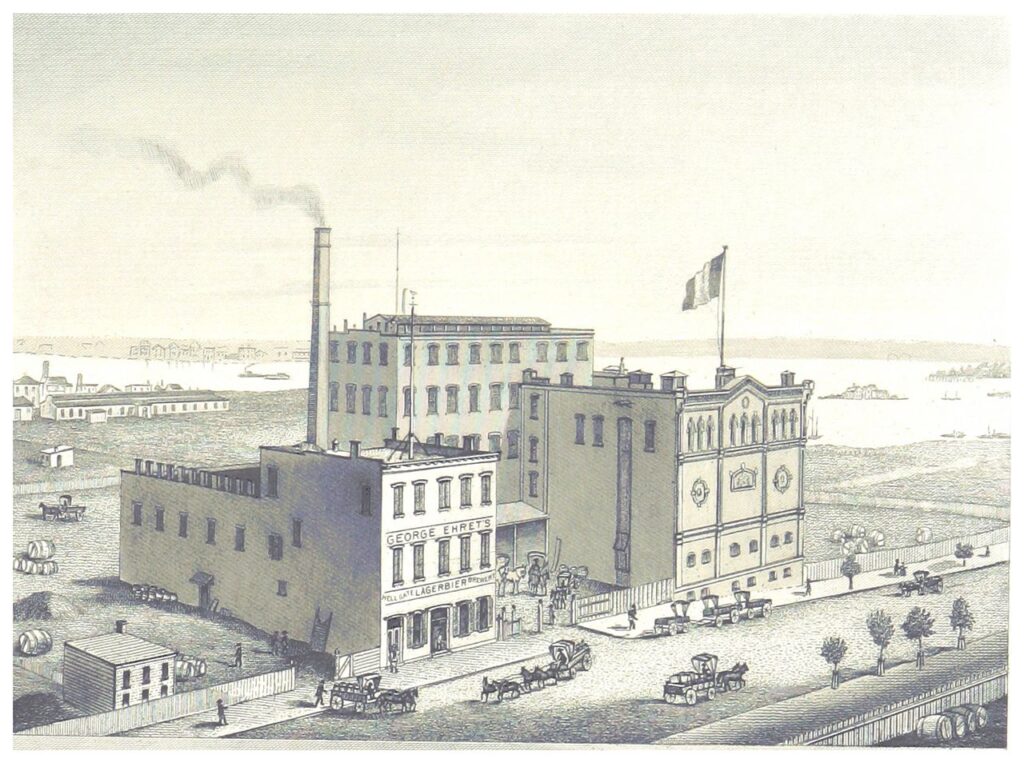
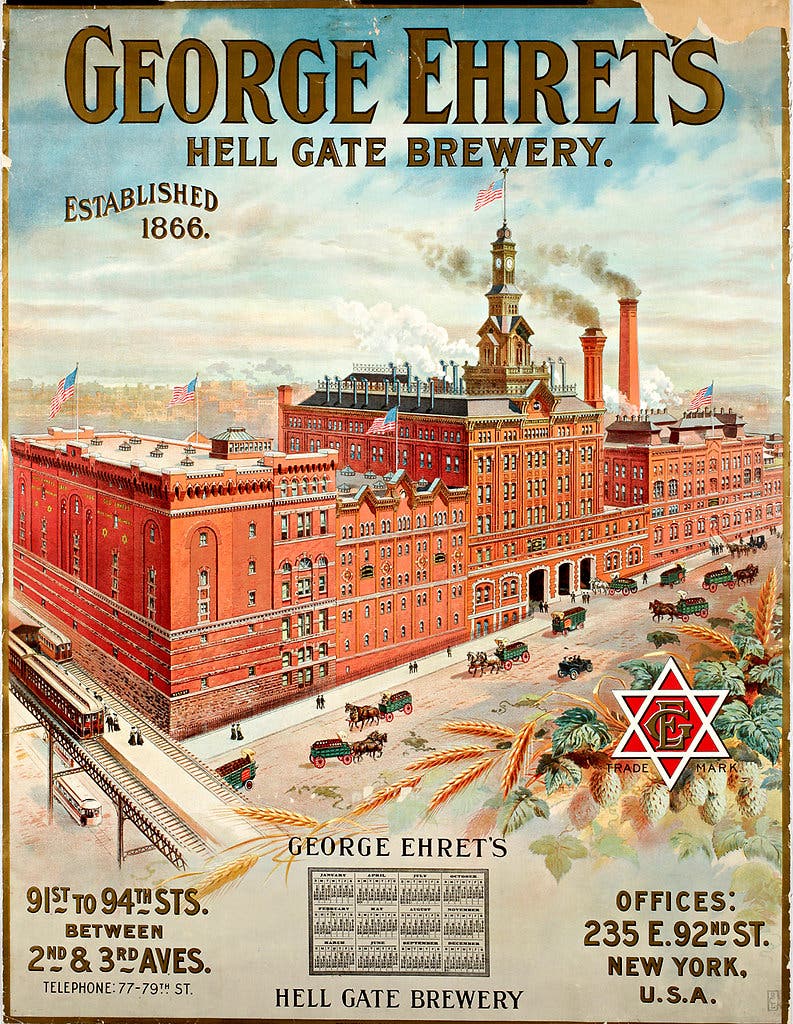
A couple interesting streetscapes of Yorkville from 1885 (courtesy the Museum of the City of New York) showing homes with large yards along a streetcar route:
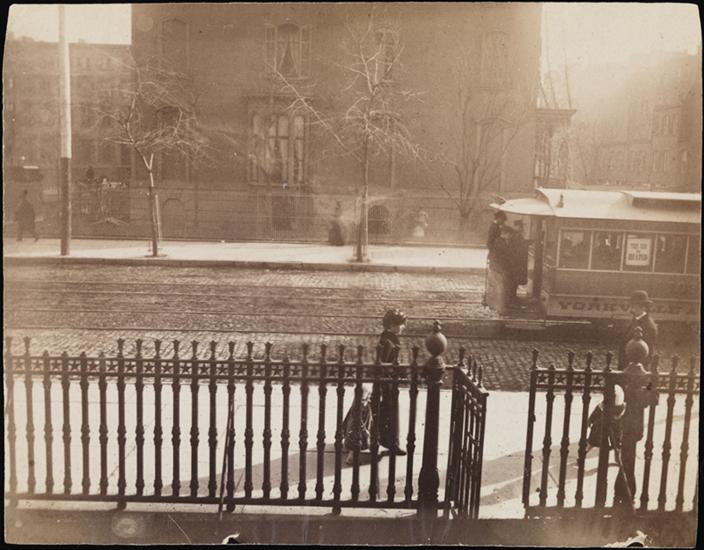
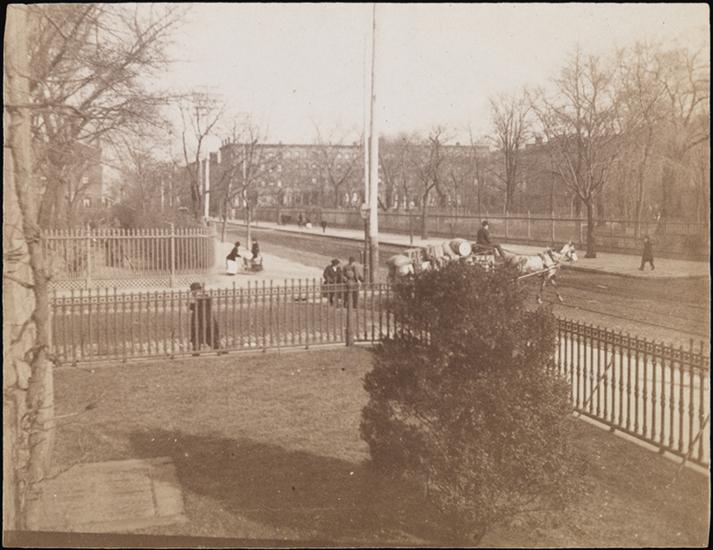
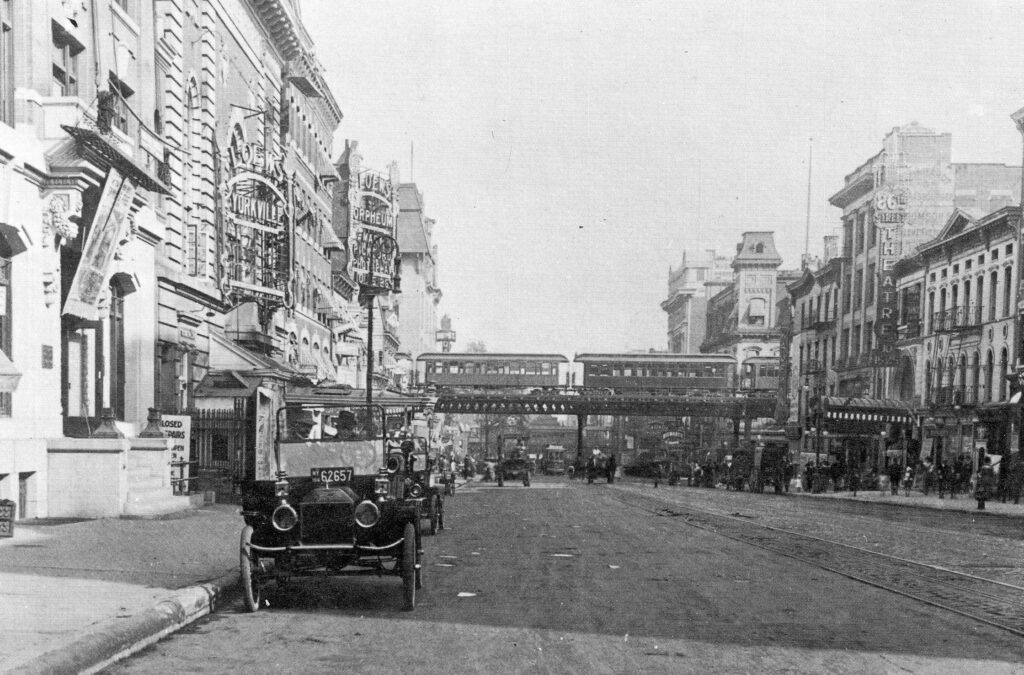
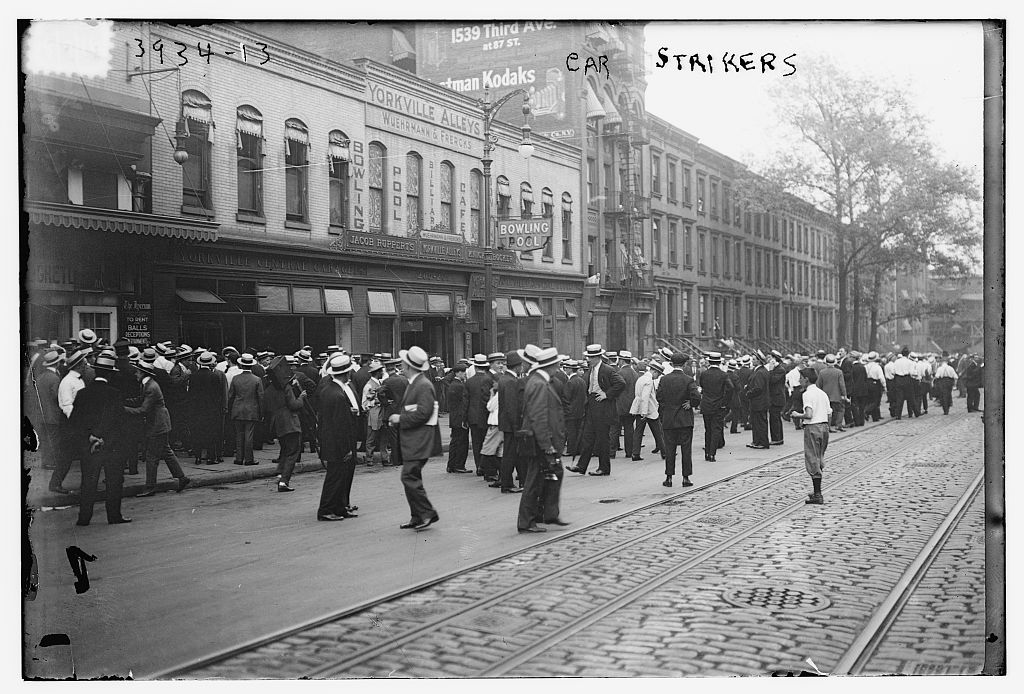
A diversity of housing in just a few blocks (photos by Greg Young):
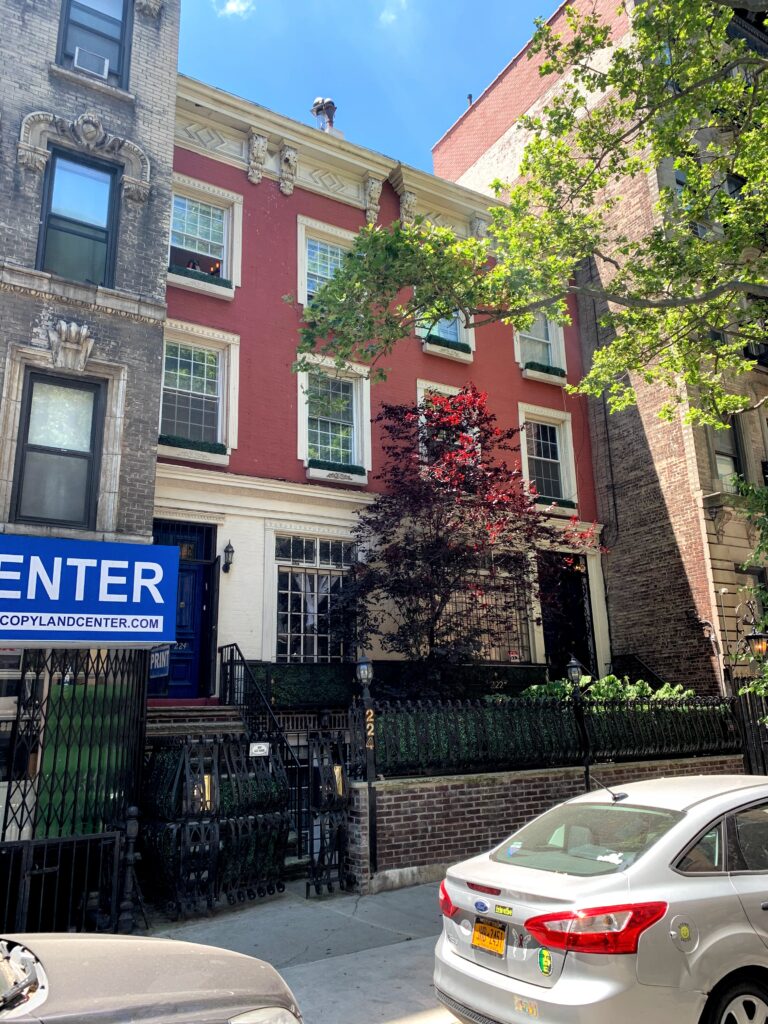
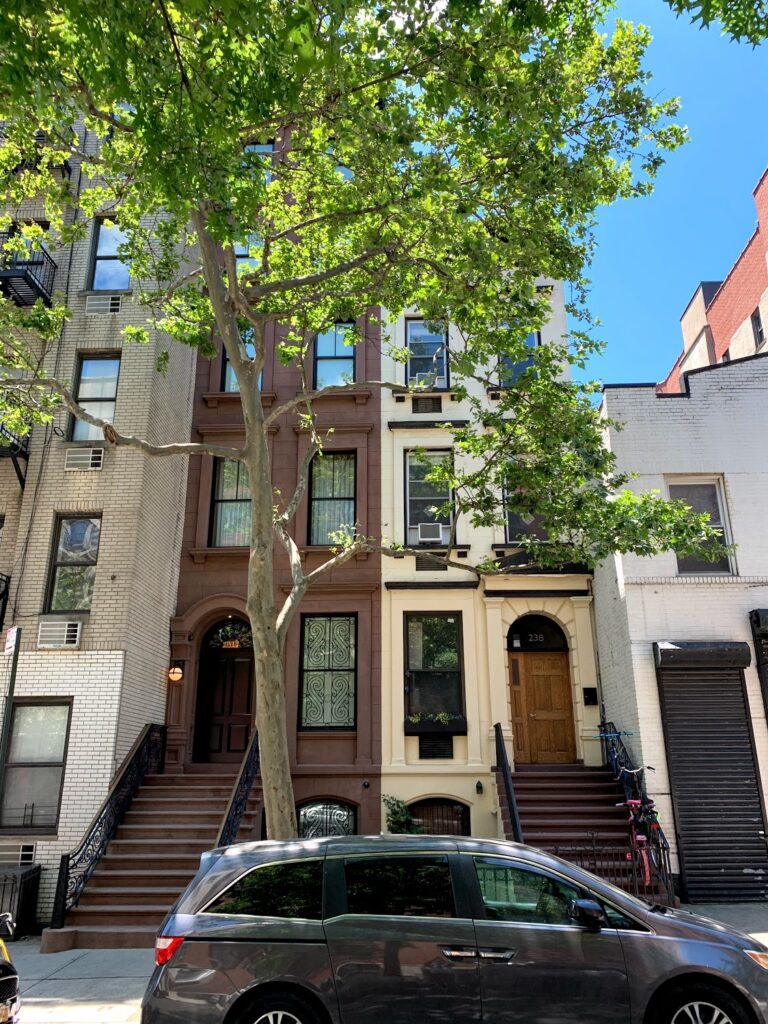
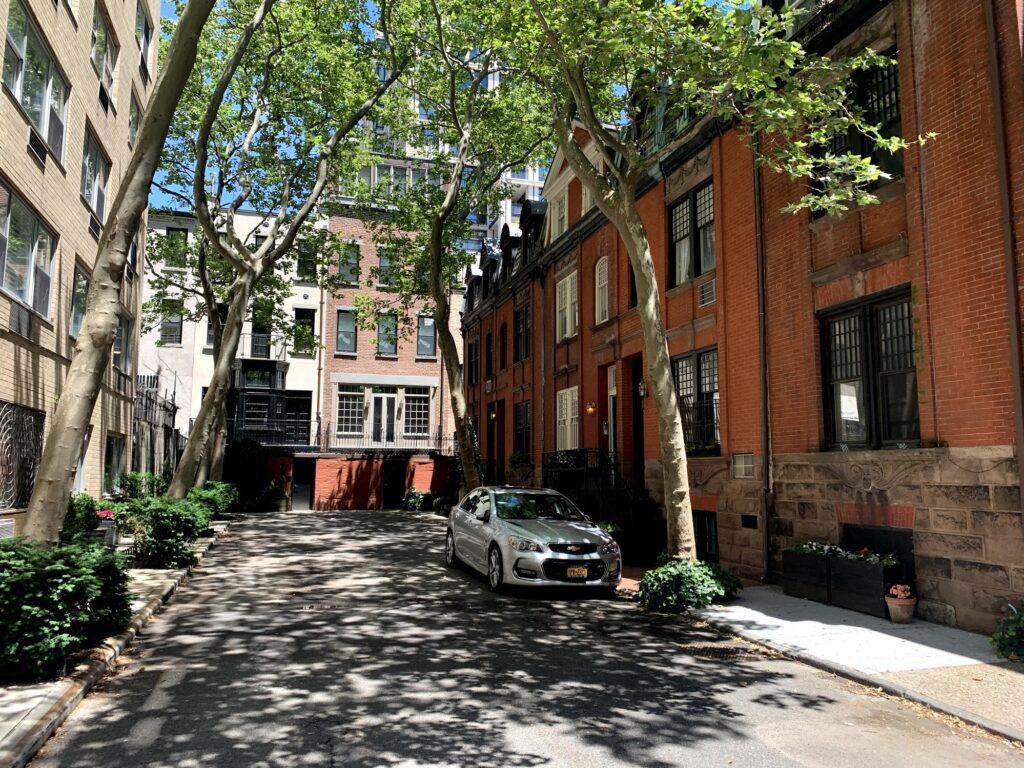
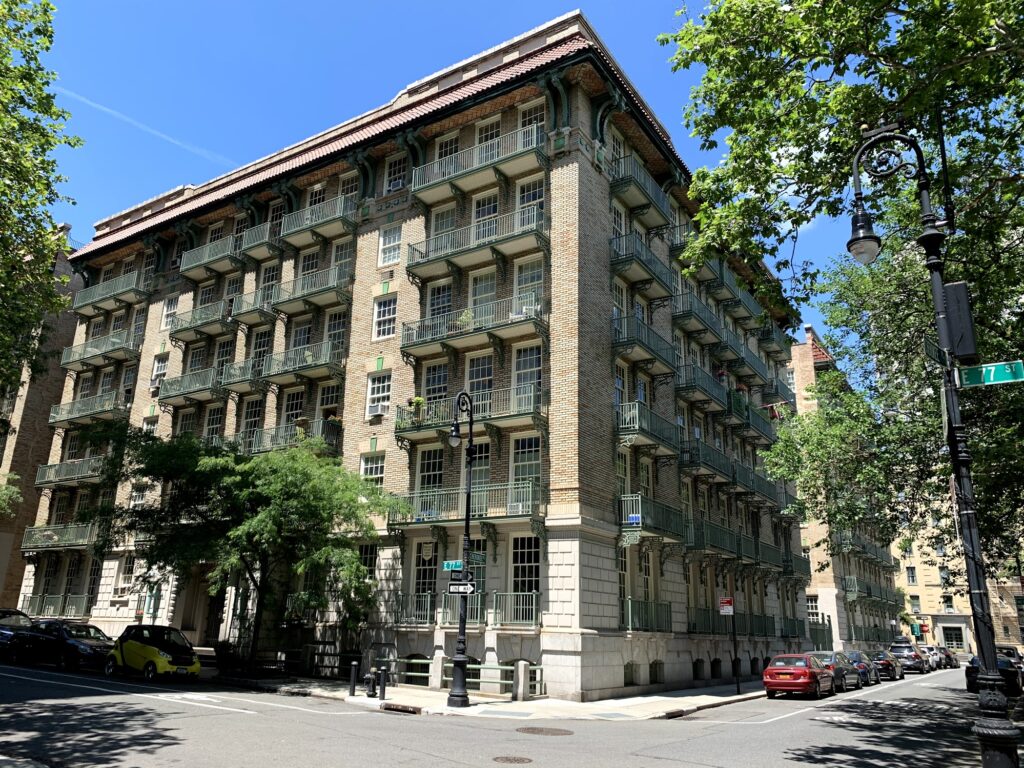
Some other sites of Yorkville (photos by Greg Young)
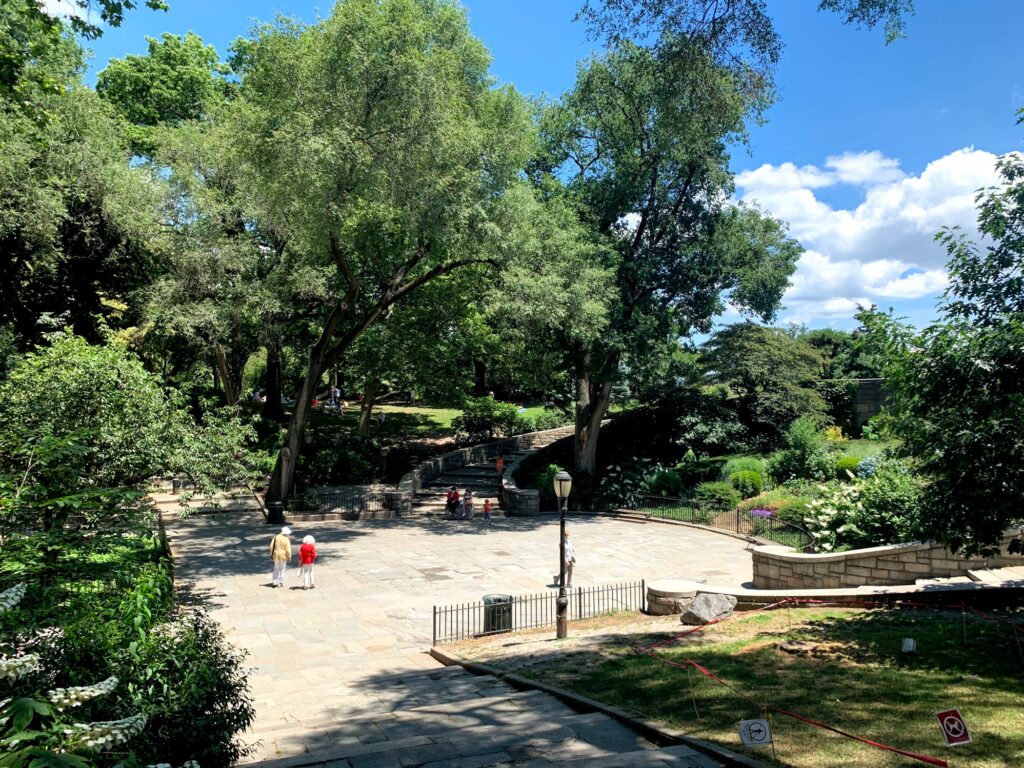
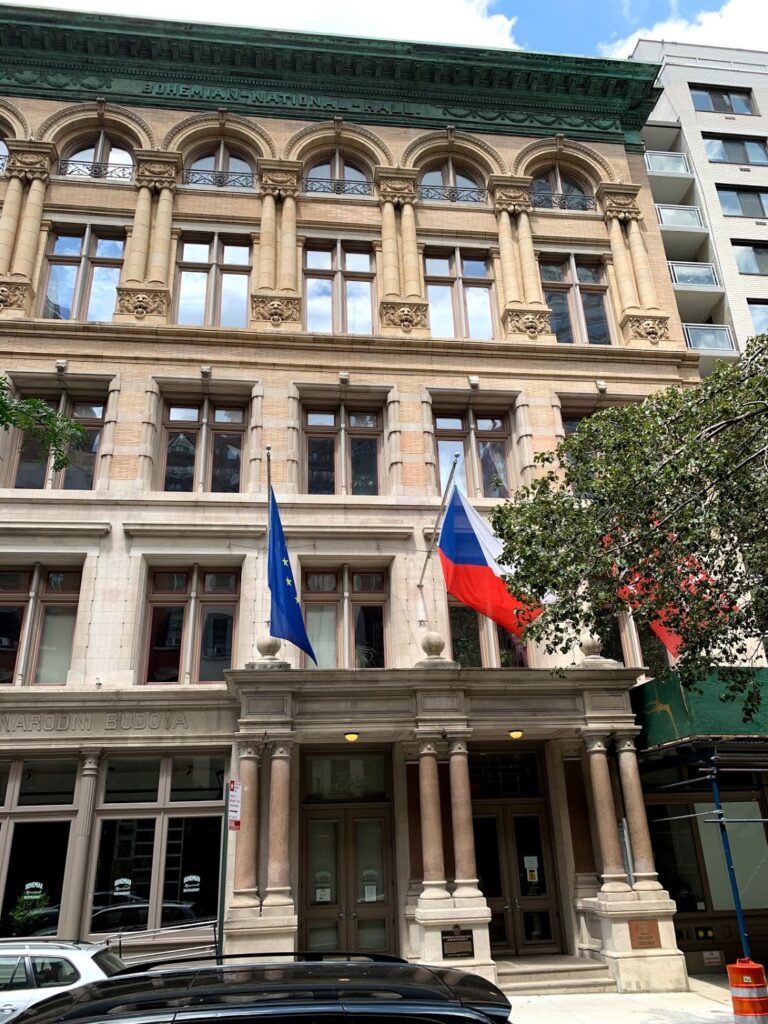
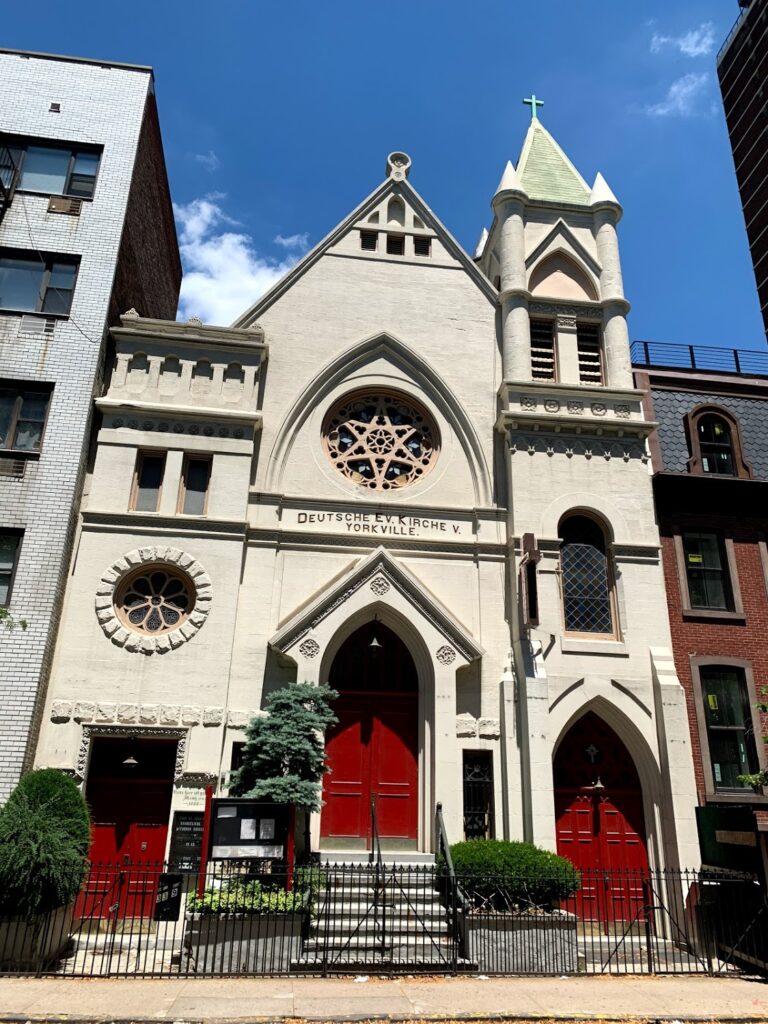
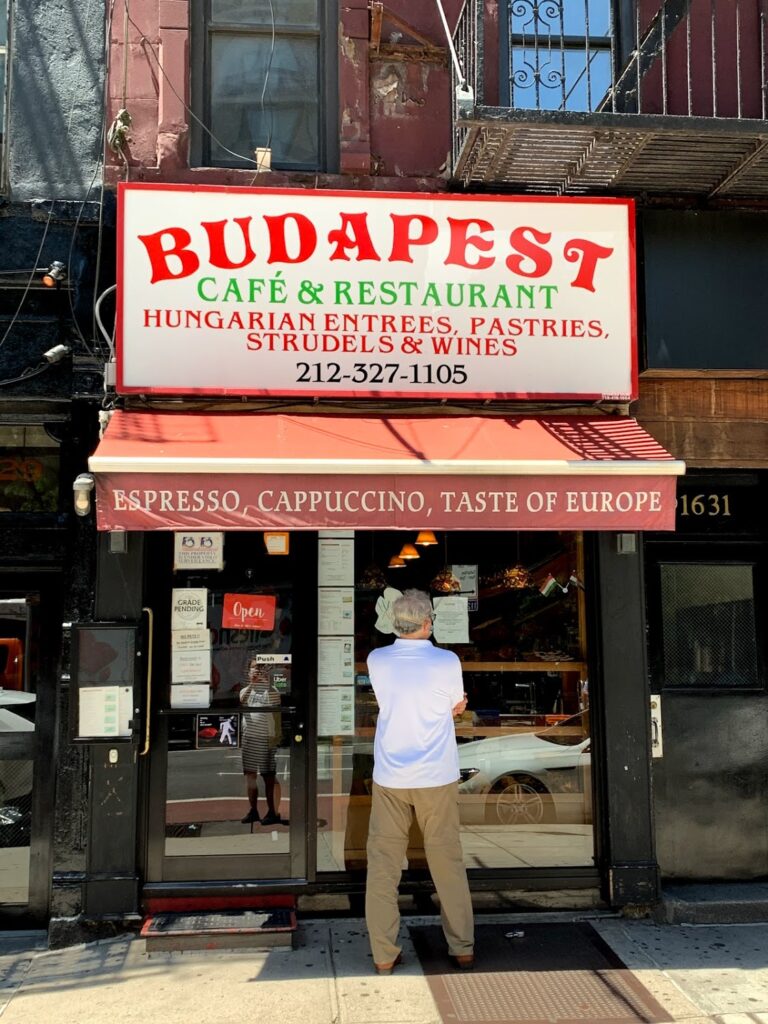
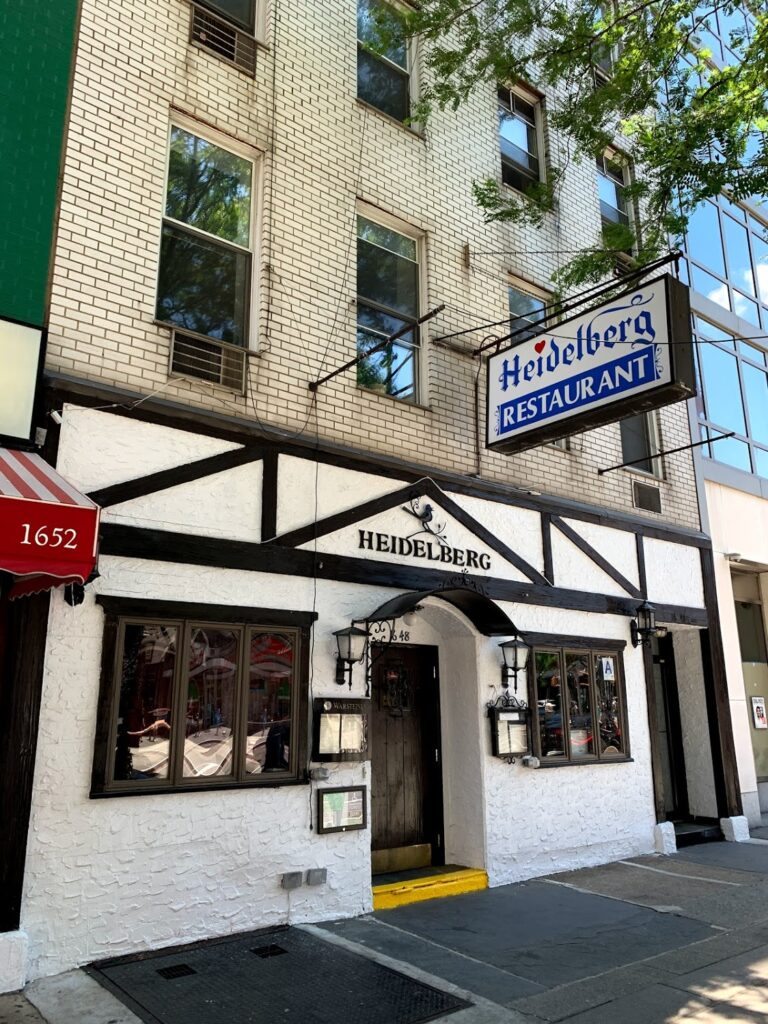
FURTHER VIEWING
An excellent short film about the history of Yorkville from the Friends of the Upper East Side
And a short introduction to Schaller & Weber:
FURTHER LISTENING
After listening to this show on the history of Yorkville, dive into our back catalog to check out shows on subjects mentioned in this show:
The East Side Elevated: Life Under the Tracks
The General Slocum Disaster 1904

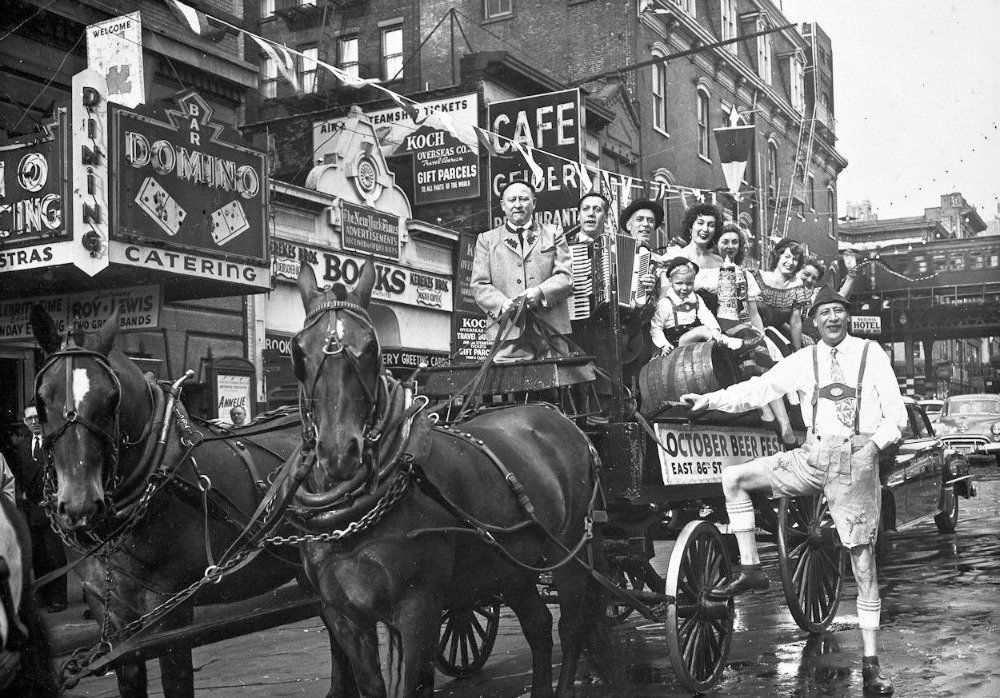
16 replies on “Welcome to Yorkville: German life on the Upper East Side”
I can’t leave yet another comment…oh, ok, I will! Loved the podcast on German Yorkville.( Also, the Ben Kallos interview.)
Yorkville is where I have been living for a long time! My former apt. on a beautiful block of 78th St. between 2nd and 3rd Ave. was built in 1905 as an upscale tenement, I guess. In the back of the bldg., my former apt. had windows facing west into the long, skinny backyards of about 4 or 5 townhouses in a row. These were surrounded by the high rises on East 79th and also on Third Ave.
I only heard fire engines, because the tallish bldgs. blocked out the street traffic. I heard “boids”, lots of mourning doves and others. I could see part of the back of the Yorkville branch of the NYPL that you mentioned in this podcast from my bedroom window. It’s still my branch.
The landlord, a German immigrant, bought up and owned many walk-ups in the area, back in the day. The goal was to empty these twin bldgs. that had tiny shops downstairs and turn them into one luxury rental. (My bldg. would be called “mixed use” ) I moved to another bldg. of theirs built in 1910 just 5 blocks north. with a relocation deal.
The owner’s son and daughter divided up the rental properties between them after he passed away.
The 78th St. Bldg. is now a luxury rental bldg., where they successfully merged the two bldgs. into one. I walk by it sometimes and once saw online that they promote this now fabulous rental bldg. by using a photo of my old view into those townhouses’ backyards. Ha! They even built a rooftop garden. The architect of the 78th St. building had acclaim in his day at the turn of the 20th Century.
yorkville native here. i’m glad you mentioned the irish population at the beginnings of the neighborhood. there isn’t much left but my parents came from there in the 1940s, there was a well-established commercial and social network in yorkville, and we’re not gone quite. seneca village was about 1/3 irish, and it should be presented as a multi-ethnic place, which would be a nice example in these days. i live on a building that was part of the 1880s wave of apartments you mention at about 25:55, and two of my aunts lived in the model tenements, one in the cherokee and one in the C&S.
great story about that german anti-nazi! but i wouldn’t believe this if i didn’t see it with my own two eyes, nazi rallies on second avenue as late as the 1960s.
pedant’s note, wilson was governor of NJ, not NY.
[…] you fancy a break from all that reading, why not check out this episode of The Bowery Boys podcast about the Yorkville district of New York, once known as… The discussion of George Ehret’s Hell Gate brewery is the highlight, of […]
This was so real to me. I grew up on East 92nd Street (349). We lived in a 2 bedroom apartment on the 5th (top) floor, with 8 children. My dad paid extra rent to keep pigeon coops on the roof. My mom was from both Irish and German descent, her name was (ironically) Grace Kelly… My dad was Tommy Meehan, Steamfitter Local 638, and pigeon Flyer. Thank you so very much for sharing this. You made my night!
Who remembers The Ideal Restaurant? It was a German diner on 86 st with just a counter and a couple of small tables. Established in 1932. Great food. We would go there for breakfast or lunch.
I do! I am the daughter of one of the owners, Werner Humbert. Hermann Humbert was the other owner. I typed the menus when needed.
I remember! Koenigsberger Klopse with caper sauce and red cabbage! The cook up front had one eye. Spaten on tap. Cheap, simple, delicious german food.
I remember heading into the Ideal in a blizzard when work closed circa 1981 – windows steamed up, everybody laughing inside and being dished up a wonderful hot plate of bratwurst, sauerkraut, etc.
I was 22 yrs old and in my first job after graduating from Barnard. While it was a lonely time in my life, I never felt more family and home vibes than sitting in the Ideal that day.
I used to have breakfast there on Saturday mornings (1986-7). Eggs, potatoes with melted butter, bratwurst, & a small draft beer. 😊
I used eat there in the early 1970’s, when I lived on East 87st.
It was my favorite restaurant.
Who remembers The Ideal Restaurant? It was a German diner on 86 st with just a counter and a couple of small tables. Established in 1932. Great food. We would go there for breakfast or lunch.
My dad, George Stocker, was the store manager and butcher, at Emil’s Pork Store in The 86th st. Area of Yorkville. I wish I knew more of the history of the store. Fritz Hildebrandt was the wurst maker at the store. Every german butcher shop had their own sausage maker.
Hi John,
I lived in the building where Emil’s shop was. It was 1577 3rd ave between 88th and 89th on the East side. The building is an old brownstone and is still there I believe. I lived on the top floor. My father was the superintendent for the building.
Ron Hughes
Absolutely enjoyed Welcome to Yorkville,etc. I am a Kolner-Amerikaner. 86th Street was my playground. The man standing with his foot on the wheel hub in the photograph is Jacob Nakken{sp.?} a friend of the family. The man in the black hat standing behind the accordionist is Fritz Klutsch, my dad’s best friend and owner of the Rhineland Restaurant. Thank You for the memory boost.
I was born 1954 at 242 East 87th street and soon thereafter moved to 244 East 86th where I resided until 1982. My family remained there until
2012. A fabulous place to grow up with lots of fond memories.
Mr. Kramer(owner of Kramer’s bakery) lived on the 4th floor along with Max Backer owner of the Kosher Meat store on 87th between 2nd and 3rd.
Does anyone recall the name of the men’s store on 86th between 3rd and Lex?
Stay well and safe
I was born in 1949 and lived in the 5 story walk up at 522 East 88th Street. My grandpa immigrated from Hungary in 1910 and was the superintendent of the building. I remember a toy store named Bongi’s on York Avenue, also ann ice cream parlor named Addie Vallins on York and a candy store named Dunkle’s on 88th street. My grandpa and I walked to the White Tower on 86th Street every morning…I think he placed bets on the ponies at Aquaduct with his bookie there. Life was good in Yorkville!